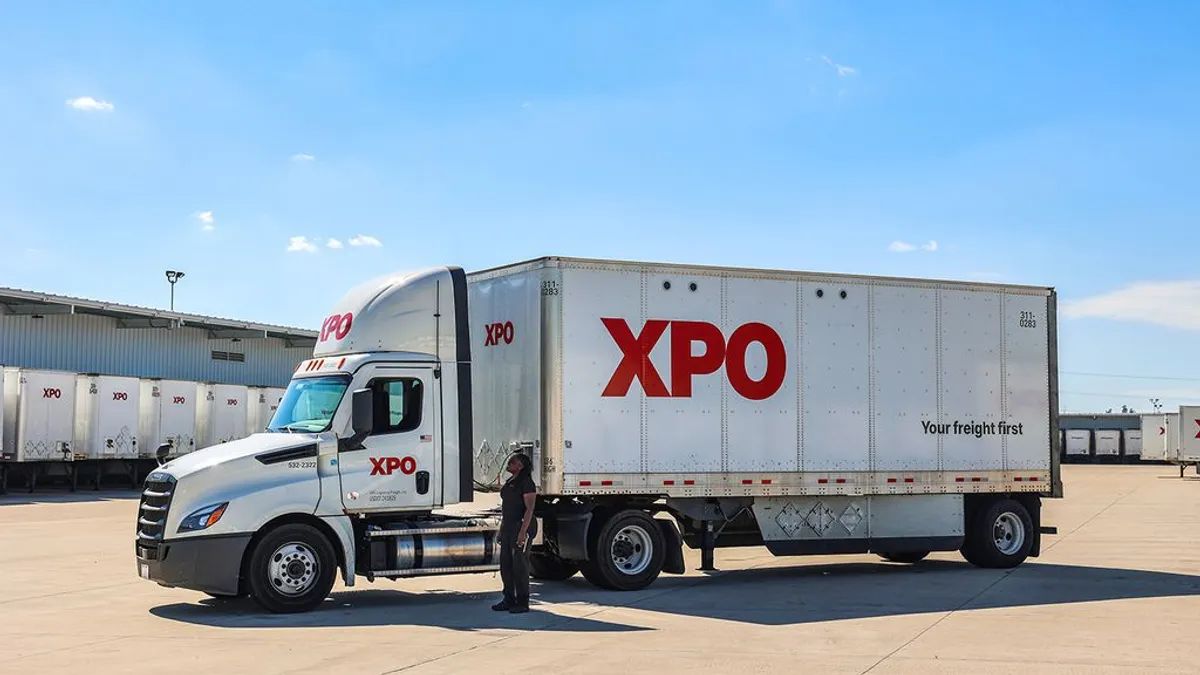The Port Authority of New York and New Jersey delayed a proposed container dwell fee, which was set to start on Sept. 1, as officials work to update the language on the tariff, a spokeswoman told Supply Chain Dive.
A rise in cargo volumes and idling empty containers led the port to propose a dwell fee in August in hopes it would speed throughput. But the fee was subject to a public comment period, during which ocean carriers said such a tariff would bring “unintended consequences,” according to the spokeswoman.
The port authority is “still committed to a tariff container imbalance fee but it won't be the exact one originally proposed,” the spokeswoman said.
The Port Authority of New York and New Jersey said it had handled “an astounding rise of 34 percent in cargo volume” as of August, compared to the same period in 2019. Some of that volume came as a result of containers diverted from West Coast ports, according to a press release.
The surge in imports has created pileups of empty containers on the port’s docks and in truck yards, according to trucking companies serving the port. A lack of empty return appointments at the port’s terminals forces fleets to send drivers home early, while the containers sit on chassis, taking valuable equipment out of service.
A container dwell fee, as originally proposed, was meant to incentivize the movement of cargo. Other ports, such as those in Long Beach and Los Angeles, have threatened to implement similar fees over the past year.
In New York and New Jersey, the fee is geared towards easing congestion of empty containers.
“The fee will reduce the number of excess empty containers dwelling at the port and free up much-needed capacity for containers that are full of imports and ready to be picked up by cargo owners,” according to a port press release announcing the fee.
Bethann Rooney, director of the Port Department at the Port Authority of New York and New Jersey, called on ocean carriers to free up capacity for imports by stepping up “their efforts to evacuate empty containers quicker and at higher volumes.”
In an email to Supply Chain Dive, a spokeswoman for the port said several ocean carriers are “actively working on plans to evacuate empties and helping to restore fluidity to the Port of NY and NJ,” with several making commitments.













